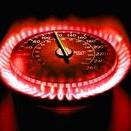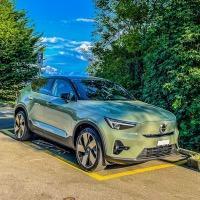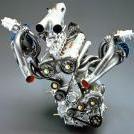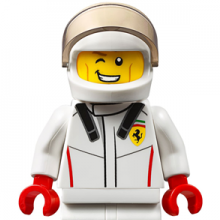Porsche 911 Carrera e Carrera S Facelift 2016
-
Contenuti simili
-
- 2 risposte
- 391 visite
-
Porsche 7 seat Sport Luxury Crossover 2027 - Prj. K1 (Spy) 1 2 3 4 9
Pubblicato da __P,
- porsche
- porsche spy
- (e 1 altro in più)
- 80 risposte
- 9970 visite
-
- 10 risposte
- 1802 visite
-
-
-






















Messaggi Raccomandati:
Crea un account o accedi per lasciare un commento
Devi essere iscritto per commentare e visualizzare le sezioni protette!
Crea un account
Iscriviti nella nostra community. È facile!
Registra un nuovo accountAccedi
Sei già registrato? Accedi qui.
Accedi Ora